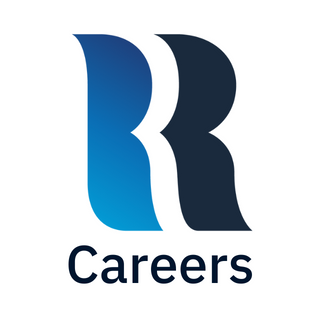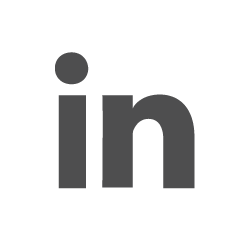
Bridging the Gap Between Hard and Soft Skills

Throughout your professional career, however new or tenured you may be, you are guaranteed to have heard the terms “soft skills” and “hard skills” before. And though the terms are thrown around frequently, very rarely do we actually understand what they mean or how to leverage them into landing a job and growing a career.
Together, both hard and soft skills represent the talent you bring to the table. These are the skills that, when relayed to your employer, help you to stand out from other applicants, and, after securing the job, make you an effective member of the team.
Hard skills are those you are specifically trained for. When you think of skills in the traditional sense of the word, these are likely what come to mind. Things like coding or programming, working with specific software, copyediting, teaching, etc. These skills are typically learned through education, hands-on experience, or on-the-job training, and are easy to measure and define.
With that being said, don’t be discouraged if you don’t have the hard skills required for a job. As we learned from a previous post, Say It Right: The Dos and Don’ts of Resumes, hard skills can always be taught. For most entry-level roles — and I say most, not all — soft skills are the more important of the two. In fact, a Carnegie Mellon Foundation study found that 85% of long-term job success depends on the level of soft skills employees had.
Soft skills aren’t as easy to measure. These skills are the personal qualities that help you thrive in the workplace. Some might even refer to them as interpersonal skills, describing qualities like communication, customer service, collaboration, adaptability, etc. Soft skills are often not learned through one specific experience, but have been learned and applied universally.
When we look at how to apply both hard and soft skills, we’ll first look at your resume. Hard skills are listed under each of your past roles, or are sometimes listed in a separate skills or certifications section, when applicable. If you’ve worked with a software like Excel or Adobe, it’s important to note that. If you have a marketing or programming certification, include that. If you have writing samples, make sure to attach them to your application. Most jobs do have some required hard skills, and it’s important to include the ones on your resume that are applicable to you.
Soft skills however, can also be included in your resume. These are the day-to-day skills you use and may not even realize it. By reading through the description of the job you’re applying for, you can make note of the specific soft skills they’re looking for and include them, with examples of how you’ve applied them in your past roles. For example, if you’ve worked as a lifeguard, you’ve communicated with large numbers of people and had to exercise decision-making, both of which are valuable soft skills.
Soft skills are also commonly asked about in interviews. If you’re applying for a technical position, most employers will understand that you have the hard skills, but they’ll also want to understand who you are and what you can contribute. This is the time to speak to those soft skills — rather than reading through your past roles and accomplishments, explain how you achieved results.
Not only are both hard and soft skills important in an application process, they are equally as important to continue to cultivate throughout your career. By continuing to challenge yourself and fine-tune your skills, you open yourself up to more opportunities for growth and career development. You may be surprised how hard and soft skills can work together to set you apart.
To put your skills to the test, apply for an open position on our Careers website.
















